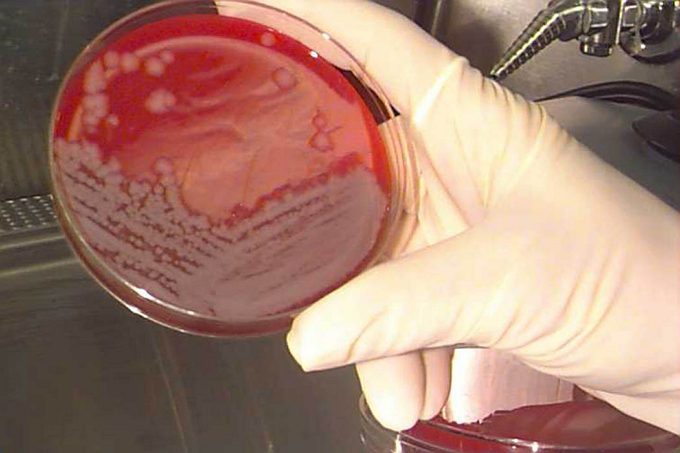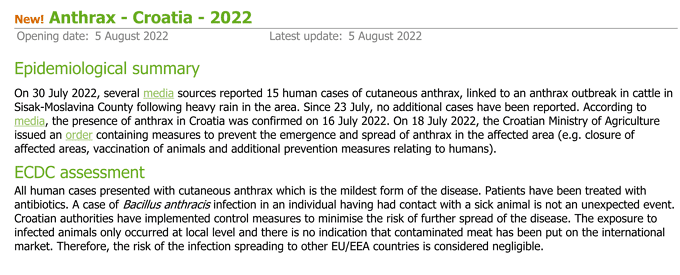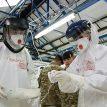
Anthrax: 15 human cases of cutaneous anthrax, 107 dead cattle in Croatia
Anthrax has been confirmed in fifteen people and dozens of cattle have been found dead in a nature park near Zagreb, Croatia. 107 cattle have died of anthrax since the outbreak began in July 2022.
Authorities conducted tests on the animal carcasses after reports that the cattle had developed neurological symptoms, the Ministry of Agriculture said. It said all measures were being taken to contain the outbreak in Lonjsko Polje, a flood plain by the Sava River known for its unique environment.
ECDC Communicable diseases threat report:

As of 25th July 2022, 2,455 animals have been vaccinated according to the order, of which 1,611 are cattle, 746 horses and 98 sheep, and that it is estimated that the majority of the area has been vaccinated.
However, as they say, the activities are continuing this week, with the aim of suppressing and stopping the spread of smallpox (anthrax) and preserving the health of people and animals.
Anthrax cases confirmed in Colorado – 7 cattle dead
The Colorado State Veterinarian’s office has confirmed a case of anthrax in a beef cattle herd in Sedgwick County. The case was confirmed at the CSU Veterinary Diagnostic Laboratory on 23 July 2022 after the producer had seven acute deaths in the herd. A second positive case in a nearby beef herd was confirmed positive on Tuesday 26 July 2022.
These are the first confirmed cases of anthrax in cattle in Colorado since 2012. Anthrax can occur naturally in Colorado’s soil. Bacterial spores can lie dormant in the ground for decades and can emerge in greater concentrations after rain storms, flooding, or excavation.
Anthrax is an infection caused by the bacterium Bacillus anthracis. It can occur in four forms: skin, lungs, intestinal and injection. Symptom onset occurs between one day and more than two months after the infection is contracted. The skin form presents with a small blister with surrounding swelling that often turns into a painless ulcer with a black center. The inhalation form presents with fever, chest pain and shortness of breath. The intestinal form presents with diarrhea (which may contain blood), abdominal pains, nausea and vomiting. The injection form presents with fever and an abscess at the site of drug injection.
Image by U.S. Army Medical Research Institute of Infectious Diseases photo, Public domain, via Wikimedia Commons



